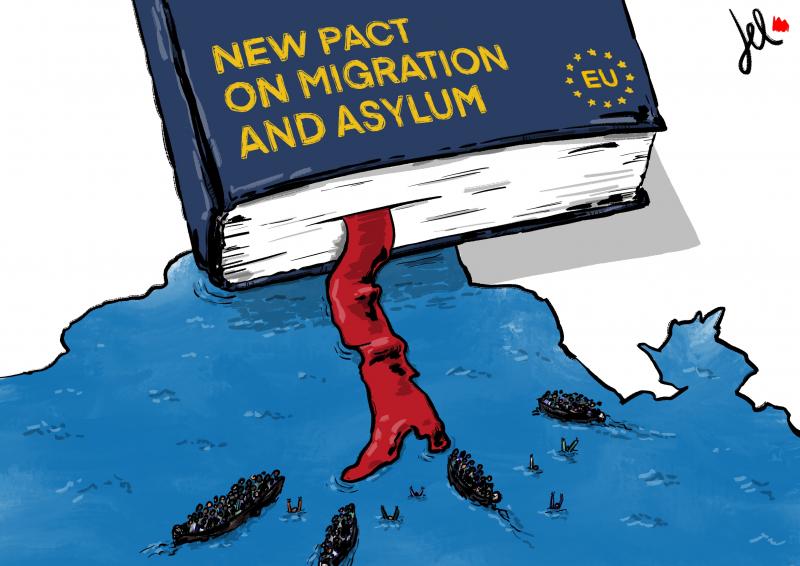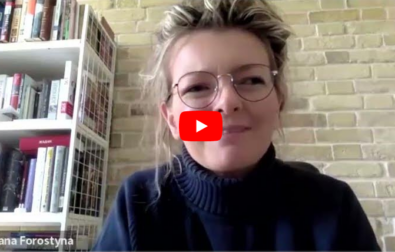On 10 April, the European Parliament adopted the ten legislative texts which make up the new Pact on Migration and Asylum, following four years of negotiations. The EU is thus equipped with a new legislative arsenal, designed, among other things, to filter asylum applications more effectively, make it easier to identify migrants, and speed up asylum applications and returns - all while guaranteeing the protection of the human rights of displaced persons. However, some organisations are concerned that the new Pact will jeopardise the individual freedoms of asylum seekers.
The solidarity mechanism between Member States has also been criticised. Countries on the front line have welcomed this system, which aims to oblige the various states to share responsibility for receiving migrants – if necessary by providing financial support – while others have already announced their opposition to it.
Was this article useful? If so we are delighted!
It is freely available because we believe that the right to free and independent information is essential for democracy. But this right is not guaranteed forever, and independence comes at a cost. We need your support in order to continue publishing independent, multilingual news for all Europeans.
Discover our subscription offers and their exclusive benefits and become a member of our community now!












